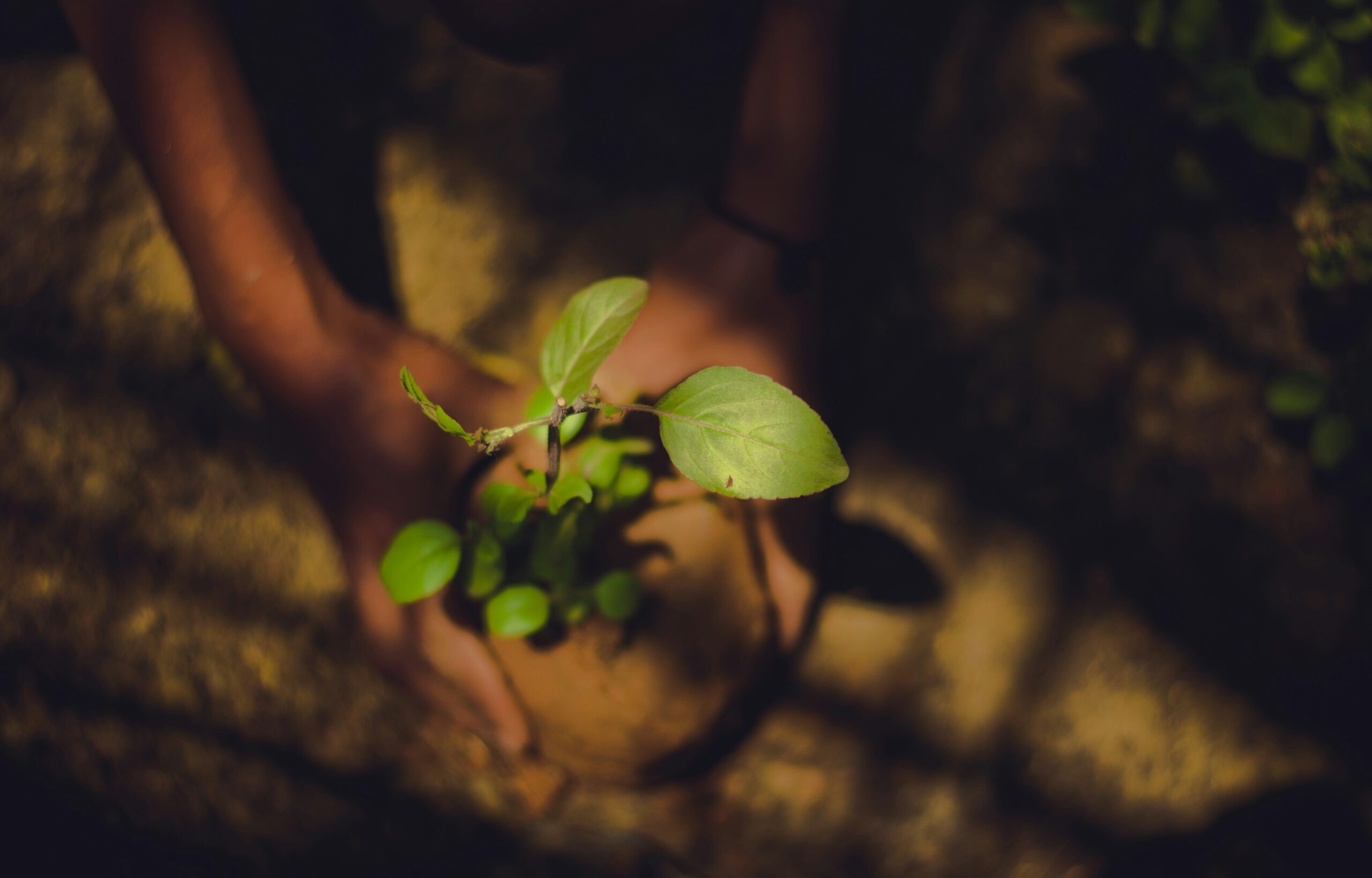
When we talk about protecting the planet, it’s easy to imagine massive global initiatives or distant policy decisions. But the truth is, meaningful change often begins right where we live. Supporting environmental stewardship and community growth isn’t just about saving trees or cutting emissions — it’s about creating healthier, more connected places to call home.
Why Local Action Matters More Than We Think
Environmental stewardship can feel overwhelming if we only look at it through a global lens. But focusing on local actions makes the concept more tangible. For example, when a neighborhood plants trees along its streets, it’s not just improving air quality — it’s providing shade for walkers, making the area more attractive, and even boosting property values.
Small steps like organizing a community cleanup or starting a neighborhood composting program build momentum. People are more likely to care for the environment when they can see the difference with their own eyes.
Turning Empty Spaces Into Green Oases
One of the most practical ways communities are supporting both environmental health and growth is by transforming neglected spaces into thriving green areas. Vacant lots can become community gardens, pocket parks, or pollinator-friendly spaces.
Take Detroit, for example. Once dotted with abandoned properties, the city has seen hundreds of community gardens spring up. These spaces not only provide fresh produce but also serve as safe gathering spots where neighbors meet, share skills, and build trust. A once-empty corner can become the heart of a neighborhood with a little creativity and cooperation.
Teaching Through Doing: Education in Action
Environmental stewardship sticks best when people experience it firsthand. Schools, local clubs, and families are finding ways to make learning about the environment part of everyday life.
Community tree-planting days, recycling workshops, and schoolyard gardens are great examples. A child who helps plant a tomato seedling and watches it grow is far more likely to value sustainable living as an adult. When lessons move beyond the classroom and into real-life projects, they create lasting habits.
Supporting Local Businesses That Care
Community growth and environmental stewardship don’t have to be separate goals. In fact, they often go hand in hand through local entrepreneurship. Businesses that use eco-friendly packaging, source materials responsibly, or invest in renewable energy set powerful examples for others.
Think about a local café that offers discounts to customers who bring reusable cups, or a small farm that practices regenerative agriculture and hosts weekend markets. Supporting these businesses keeps money circulating locally while encouraging more sustainable practices.
Building Stronger Bonds Through Shared Responsibility
Something special happens when people work together toward a common goal. Community cleanups, tree-planting events, and river restoration projects aren’t just about the environment — they’re also social glue. Strangers become teammates, and teams become communities.
For instance, neighborhood associations that run regular cleanup drives often see lower vandalism rates and stronger relationships among residents. When everyone takes responsibility, pride in the community naturally grows.
Using Technology to Connect and Inspire
Technology often gets a bad rap, but it can be a powerful ally in environmental action. Apps that track recycling, platforms for sharing leftover food, or social media groups for community garden updates all help keep people informed and engaged.
For example, a local Facebook group dedicated to swapping household goods can significantly reduce waste while bringing neighbors together. Similarly, simple tools like online sign-up sheets make organizing events less complicated and more inclusive.
Policy Meets People: Working With Local Leaders
Grassroots initiatives thrive when they have the support of local governments. Working with city councils, town planners, or school boards can amplify community efforts. Whether it’s applying for small grants to support tree planting or advocating for bike-friendly streets, collaboration makes a real difference.
Communities that successfully partner with policymakers often see more durable change because their initiatives align with broader urban planning goals. It’s about bridging the gap between passionate citizens and practical implementation.
Everyday Choices That Add Up
Finally, environmental stewardship doesn’t always require grand gestures. Everyday actions — choosing reusable bags, supporting a local farmers’ market, carpooling with neighbors, or planting native flowers in your yard — collectively create powerful ripple effects.
Imagine if every household in a neighborhood reduced its waste by just 10%. Over time, that would mean fewer landfill contributions, lower carbon footprints, and stronger community networks built around shared values.
Final Thoughts
Supporting environmental stewardship and community growth is less about perfect solutions and more about consistent, collective effort. From repurposing empty lots to supporting local businesses and embracing simple daily habits, every step counts.
When communities come together to care for their environment, they’re not just nurturing nature — they’re building healthier, happier places to live. The most inspiring part? Anyone can be part of that change, starting today.